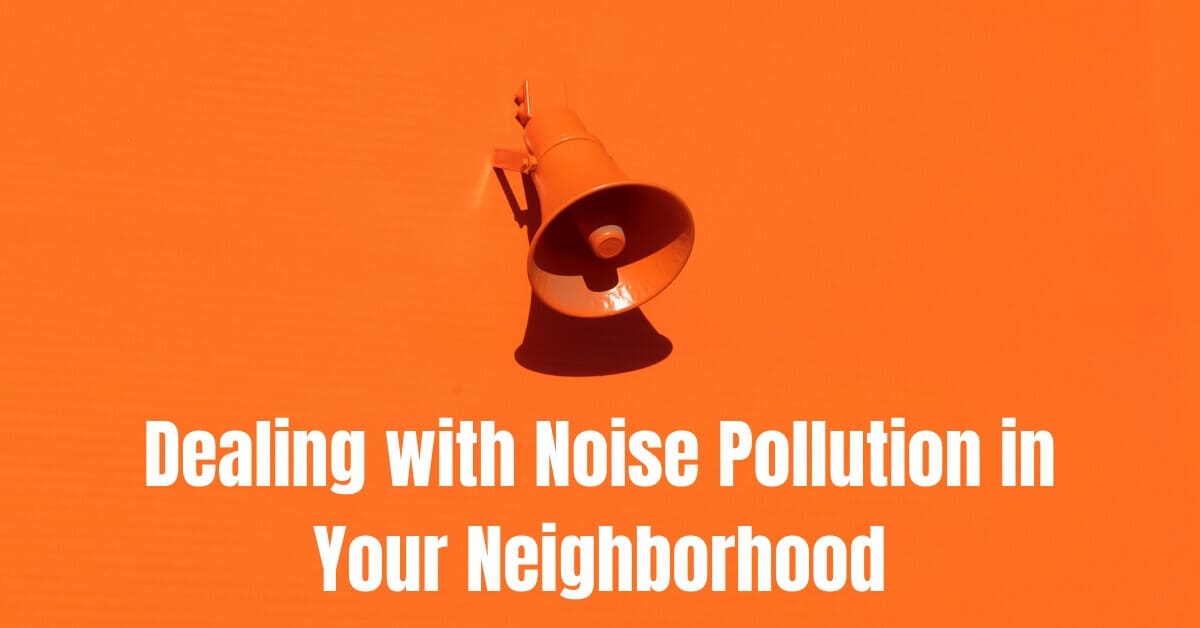
- A Step-by-Step Look at How Hearing Aids Make Sounds Sharper - May 5, 2025
- Causes of Conductive Hearing Loss? - April 27, 2025
- Can Treating Hearing Loss Reduce Stress? - April 15, 2025
A child screaming, a loud television, a blaring stereo, the vacuum cleaner, sound is everywhere. Birds chirping, the clacking of a computer keyboard and traffic, sounds are comforting – until they become too loud and irritating and then they are noise. Too much exposure, or too long of exposure to noise can be harmful. If you suspect you have hearing loss from noise exposure you should schedule an exam at Hearing Aid Specialists of the Central Coast.
Noise pollution
Horns, sirens, construction equipment, leaf blowers, lawn mowers, snow throwers, they are all part of a modern environment and contribute to what is commonly called noise pollution.
Noise pollution is sometimes referred to as a modern plague. Noise disturbs us everywhere we go, because it is everywhere.
Noise pollution health issues include insomnia, hearing loss, tinnitus, pain and fatigue, poor work and school performance, speech problems, heart issues and an unhealthy release of stress hormones.
You can suffer noise induced hearing loss by being exposed to noise above 85 decibels. Noise between 120 and 140 decibels can actually cause your ears to feel pain.
Noise pollution has been recognized as a world health hazard! The World Health Organization warns, “excessive noise harms human health and interferes with people’s daily activities at school, work, home and during leisure time.”
Noise pollution effects
Americans, according to the U.S. Census Bureau complaint that noise it he biggest problem affecting their neighborhoods and rank it as a higher nuisance than even crime. And the noise people find most disturbing is traffic noise. Traffic noise is louder than you think. Noise from a garbage truck registers at 100 decibels, a car horn at 110 and an ambulance siren at 120 decibels.
Overall neighborhood noise discussed by residents included: neighbors, animals, sirens, construction work, nightclubs, toys and home electric appliances.
Residents said too much neighborhood noise made them irritable, affected concentration, caused headaches and led to sleeping disorders.
Noise pollution sources
Noise sources include traffic sounds from major highways including passing traffic, vehicles not maintained properly (this would be backfiring and loud mufflers) and honking horns.
Airport traffic was another noise source – more irritating the closer you live to an airport or if you live in an area that is part of a landing or take-off zone. Also cited as a noise source was outside entertainment venues that used loudspeakers and construction sites involving heavy machinery,
Living near an industrial site will expose you to loud machinery as well as high traffic noise as will living near certain businesses like a dog boarding kennel or a car repair shop.
Here are some decibel readings of some of the irritating noise sources:
Car with faulty muffler – 111 decibels
Car with no muffler – 115 db
Circular saw – 107 db
Police sirens – 118 db
Power mower – 92 db
Vacuum cleaner – 74 db
Train – 88 db
Air conditioning unit – 60 db and heavy street traffic – 70 db
Protect against noise pollution
In many areas of the United States there are ordinances and laws that address the issue of noise. Many of these areas have what is commonly referred to a s dawn to dusk quiet time were noise is restricted.
Homeowners can take steps to reduce their exposure to noise pollution from the neighborhood such as:
Building a fence. If your neighborhood has restrictive covenants governing fence heights, built a berm to elevate the fence. Vegetation will help muffle the noise and adding a water feature in your yard will give you some white noise to muffle the louder noise. You can limit your in-door noise exposure by putting foam or vibrating mounds under major appliances.
Carpeting, linoleum, area rugs and drapes all absorb sound and can help make your home quieter. Making sure your home is sealed by caulking cracks or holes in the exterior will not only help your energy bills, but also help keep out noise.
Protect your hearing
The best way to make sure neighborhood noise pollution or even household noise isn’t affecting your hearing is to get regular hearing tests. Hearing Aid Specialists of the Central Coast can establish a baseline with your first test and then help you monitor your hearing health. We can help you with newer hearing aids that will help you cope with noise pollution as well as tinnitus. Call today and schedule an exam.
